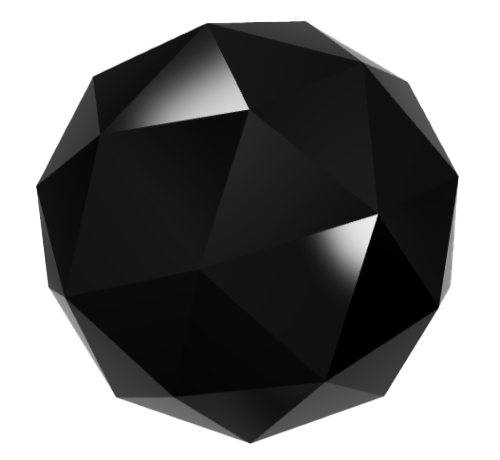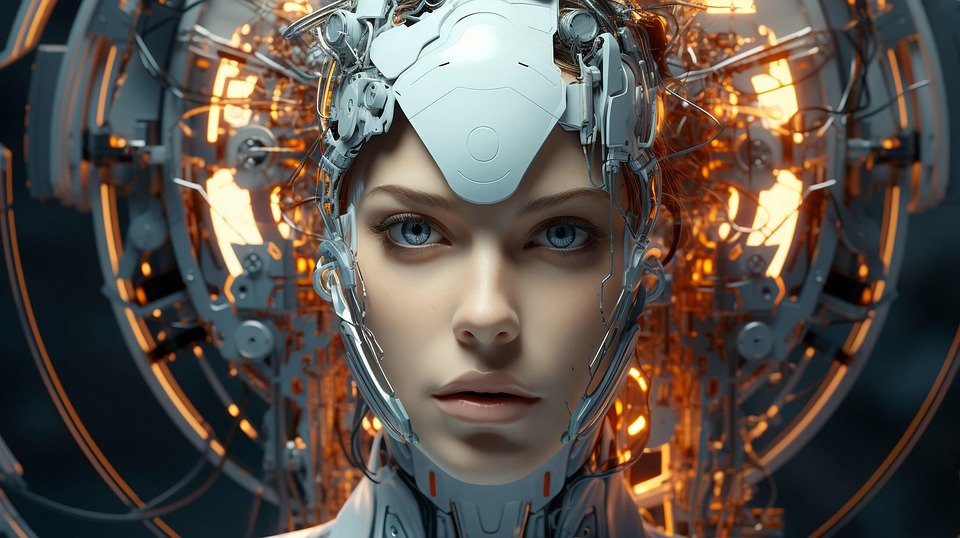Exploring the World of Generative 3D NFTs: The Future of Digital Art Collectibles
In recent years, non-fungible tokens (NFTs) have taken the art world by storm, revolutionizing the way we buy, sell, and collect digital art. While 2D NFTs have been the primary focus up until now, a new wave of generative 3D NFTs is emerging, offering a whole new dimension to the world of digital art collectibles.
What are Generative 3D NFTs?
Generative 3D NFTs are digital art pieces that are created algorithmically using code. Unlike traditional digital art, which is static and unchanging, generative art is constantly evolving and changing based on the rules set by the artist. This means that each generative 3D NFT is unique and one-of-a-kind, making them highly collectible.
These pieces are typically created using 3D modeling software and programming languages such as JavaScript or Python. The artist will write code that defines the parameters of the artwork, such as color, shape, and movement, and then run the code to generate the final piece. The result is a dynamic and interactive artwork that can be experienced in Virtual reality or on a computer screen.
The Future of Digital Art Collectibles
Generative 3D NFTs represent the next frontier in digital art collectibles, offering collectors a new way to engage with and experience art. These pieces are not only visually stunning but also offer a level of interactivity and immersion that traditional art cannot match. Collectors can explore the artwork from every angle, interact with it in real-time, and even customize it to their liking.
As the technology behind generative 3D NFTs continues to evolve, we can expect to see even more innovative and groundbreaking artwork in the future. Artists are pushing the boundaries of what is possible with generative art, creating pieces that are truly unique and revolutionary. Collectors who invest in these pieces now are not only acquiring a valuable asset but also supporting the future of digital art.
Why Collect Generative 3D NFTs?
There are several reasons why collectors are drawn to generative 3D NFTs. Firstly, these pieces are truly one-of-a-kind, with no two pieces being exactly alike. This rarity and uniqueness make them highly desirable for collectors who are looking for something truly special to add to their collection.
Additionally, generative 3D NFTs offer a level of interactivity and immersion that traditional art cannot match. Collectors can explore the artwork in 3D space, interact with it in real-time, and even customize it to their liking. This level of engagement makes generative 3D NFTs a truly unique and exciting addition to any art collection.
FAQs
What is the difference between 2D and 3D NFTs?
The main difference between 2D and 3D NFTs is the dimensionality of the artwork. 2D NFTs are flat, static images, while 3D NFTs are dynamic, interactive pieces that exist in three-dimensional space. 3D NFTs offer a more immersive and engaging experience for collectors, allowing them to explore the artwork from every angle.
How do I buy a generative 3D NFT?
Buying a generative 3D NFT is similar to buying any other NFT. You will need to create an account on a marketplace that supports generative 3D NFTs, such as Opensea or Rarible, and connect your digital wallet. From there, you can browse the available pieces, place a bid, and purchase the NFT using cryptocurrency.
Are generative 3D NFTs a good investment?
As with any investment, there is always a level of risk involved. However, generative 3D NFTs have the potential to be a valuable asset, especially as the technology and demand for digital art continue to grow. Collectors who invest in generative 3D NFTs early on may see a significant return on their investment in the future.
Can I display a generative 3D NFT in my home?
While generative 3D NFTs exist in the digital realm, there are ways to display them in your home. Some collectors use virtual reality headsets to view their artwork in 3D space, while others use screens or projectors to display the artwork on a wall. Additionally, some artists offer physical representations of their generative 3D NFTs, such as 3D printed sculptures or holographic displays.
Overall, generative 3D NFTs represent an exciting new frontier in the world of digital art collectibles. These unique and innovative pieces offer collectors a new way to engage with and experience art, with the potential for significant returns on investment in the future. As the technology behind generative art continues to evolve, we can expect to see even more groundbreaking artwork that pushes the boundaries of what is possible in the digital realm.
Discover more from The Meteyeverse
Subscribe to get the latest posts sent to your email.

